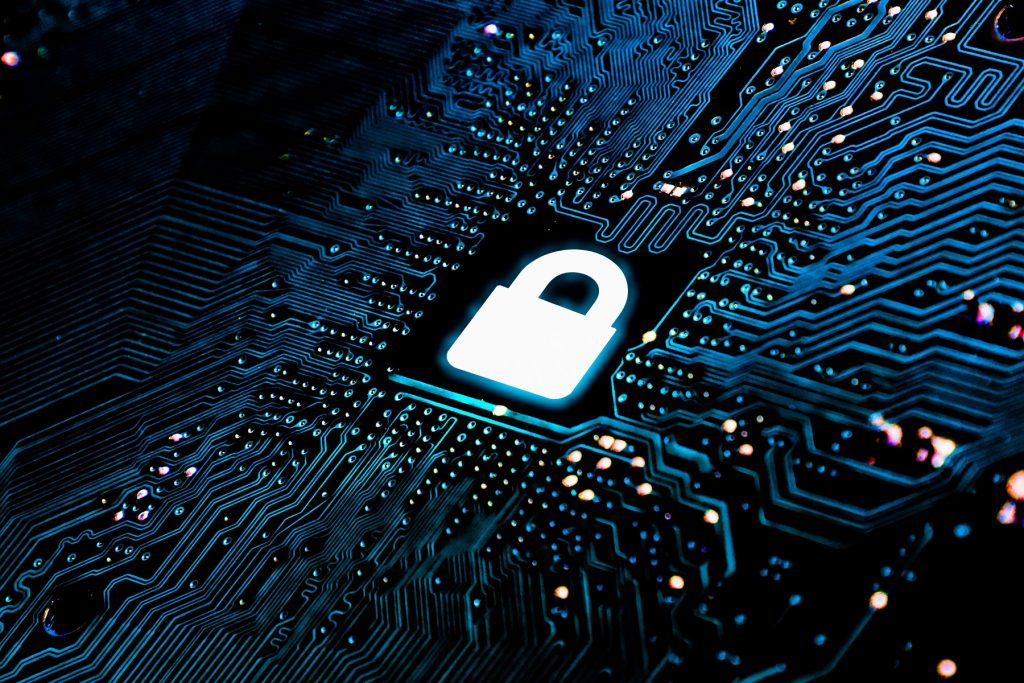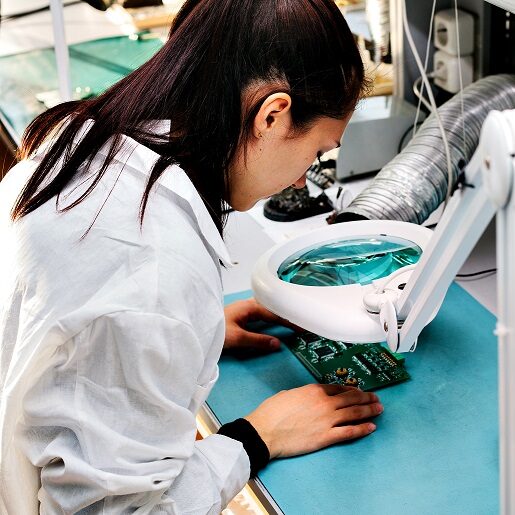The Remote Crypto Distribution System (RCDS®) offers the ability to perform the management of the CVs to multiple remote sites from a central or mobile manned installation, by making use of the in-country Digital Data Network (DDN).
The RCDS® provides the capability to remotely load crypto to multiple remote locations from a central site, obviating the need for manual crypto fill, resulting in significant savings on man-power and related costs.

The RCDS® consists of computer based Master Crypto Management (MCM) system which is operating system independent and normally runs on a laptop. In its basic configuration, to small rugged boxes are required; one designated as the Master Crypto Unit (MCU) which is normally co-located with the MCM and one designated as the Slave Crypto Unit (SCU), which is normally located at the remote site. The MCU and SCU are connected by an IP secure VPN, i.e in-country Digital Data Network (DDN).
The flexibility of the system allows for expansion by simply add- ing more SCU’s for each remote site and if necessary, multiple MCU’s to cater for different operational activities (i.e C2). Note that the system is unobtrusive, thus allowing for manual operations/control of crypto fill devices.
All components of the system have the ability to input, receive from distribution, temporary store and load CVs.
The firewall prevents and reports unauthorised access from the computer software. Multiple computers can control the RCDS®, enabling a standby capability. The standby unit receives all ongoing operations information enabling it to assume the role as the active unit on demand.
Master Crypto Management Functionality
The main tasks of the MCM are to control and monitor CVs and the RCDS® equipment. All the CV and system activities are automatically logged. This includes short title and expiry dates of CVs date and time of CV import, distribution and deletion, username of operator, and the system status.
The main task of the optional standby MCM is the capability to assume the role as the active MCM on initiation of the MCM mode switch, either on the active MCM or as request to the standby MCM.



